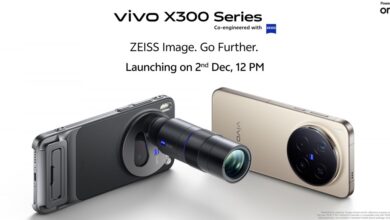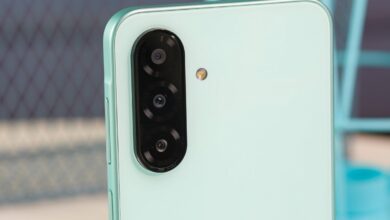Honor Magic8 Pro: Stunning Display, Powerful Performance, Worth the Hype?
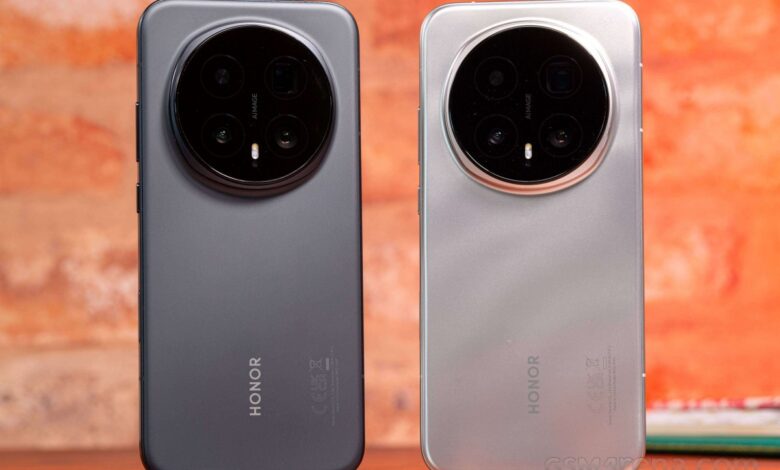
Honor Magic8 Pro: A Comprehensive Overview of Features and Specifications
Introduction
The Honor Magic8 Pro, slated for release in late 2025, positions itself as a premium, camera-centric flagship device. It incorporates a suite of high-end features, including the Snapdragon 8 Elite Gen 5 System-on-Chip (SoC), a sophisticated display, a robust battery system, and a versatile camera array. Notably, the device is slated for global market availability, differentiating it from some competitors that restrict distribution to specific regions. However, regional variations in battery capacity represent a key consideration.
The Honor Magic8 Pro exhibits differing battery capacities across geographical markets. The Chinese market version offers a 7,200mAh battery. Global units will feature a 7,100mAh battery. European models will incorporate a 6,270mAh battery, a reduction of approximately 13%, comparable to the European variant of the vivo X300 Pro. Despite this discrepancy, the battery capacity in the European model remains superior to that of the vivo.
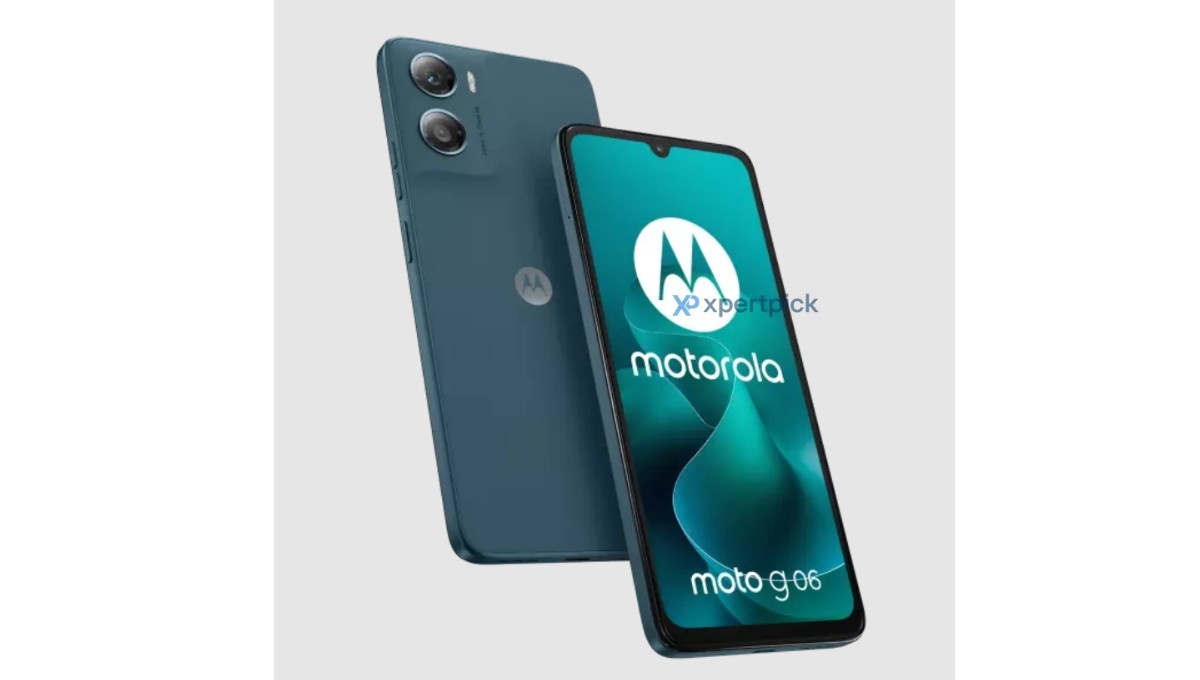
Building upon the success of its predecessor, the Honor Magic7 Pro, the Magic8 Pro introduces several enhancements, particularly in the imaging capabilities.
Key Specifications: Honor Magic8 Pro
- Body: 161.2 x 75.0 x 8.3mm, 219g; Glass front (Giant Rhino Glass), fiber-reinforced plastic back; IP68/IP69K dust and water resistance (submersible up to 1.5m for 30 minutes).
- Display: 6.71″ LTPO OLED, 1B colors, 120Hz refresh rate, 4320Hz PWM dimming, Dolby Vision, HDR Vivid, 1800 nits (HBM), 6000 nits (peak) brightness, 1256x2808px resolution, 20.12:9 aspect ratio, 458ppi; HDR image support.
- Chipset: Qualcomm SM8850-AC Snapdragon 8 Elite Gen 5 (3 nm): Octa-core (2×4.6 GHz Oryon V3 Phoenix L + 6×3.62 GHz Oryon V3 Phoenix M); Adreno 840 GPU.
- Memory: 256GB with 12GB RAM, 512GB with 12GB RAM, 512GB with 16GB RAM, 1TB with 16GB RAM; UFS 4.1 storage.
- Operating System: Android 16, support for up to 7 major Android upgrades, MagicOS 10.
- Rear Camera:
- Wide (main): 50 MP, f/1.6 aperture, 23mm focal length, 1/1.3″ sensor size, 1.2µm pixel size, multi-directional phase-detection autofocus (PDAF), optical image stabilization (OIS).
- Telephoto: 200 MP, f/2.6 aperture, 85mm focal length, 1/1.4″ sensor size, 0.56µm pixel size, multi-directional PDAF, OIS, 3.7x optical zoom.
- Ultra-wide angle: 50 MP, f/2.0 aperture, 12mm focal length, 122° field of view, 1/2.88″ sensor size, 0.61µm pixel size, dual pixel PDAF.
- Front Camera:
- Wide (main): 50 MP, f/2.0 aperture, 21mm focal length, 1/2.93″ sensor size, 0.6µm pixel size, PDAF.
- Depth: TOF 3D.
- Video Capture:
- Rear camera: 4K@24/30/60/120fps, 1080p@24/30/60/120/240fps video recording, gyro-based electronic image stabilization (gyro-EIS), OIS, HDR, 10-bit video.
- Front camera: 4K@30/60fps, 1080p@30/60fps video recording, gyro-EIS.
- Battery: 7100mAh (Global); 6270 mAh (Europe); 100W wired charging, 80W wireless charging, Reverse wireless charging, 5W reverse wired charging.
- Connectivity: 5G, eSIM support, Wi-Fi 7, Bluetooth 6.0, aptX HD, aptX Adaptive, LHDC 5, Auracast, ASHA, NFC, Infrared port.
- Additional Features: Under-display ultrasonic fingerprint reader, large amplitude stereo speakers.
The primary camera configuration has been revised, forgoing the variable aperture lens and featuring a 23mm focal length for a slightly wider field of view.
The ultra-wide-angle camera maintains the established performance metrics, with a 12mm focal length, an f/2.0 aperture, and a 50MP sensor.
The telephoto lens has undergone an upgrade. The previous 60mm optical unit (utilizing crop zoom for a 72mm equivalent) has been replaced with an 85mm native lens with an f/2.6 aperture. The sensor, while appearing similar in specifications – a 200MP 1/1.4-inch unit – utilizes the newer ISOCELL HP9 technology.
These specifications underscore the Honor Magic8 Pro’s potential as a comprehensive flagship device, combining robust performance with advanced imaging capabilities, and global availability.
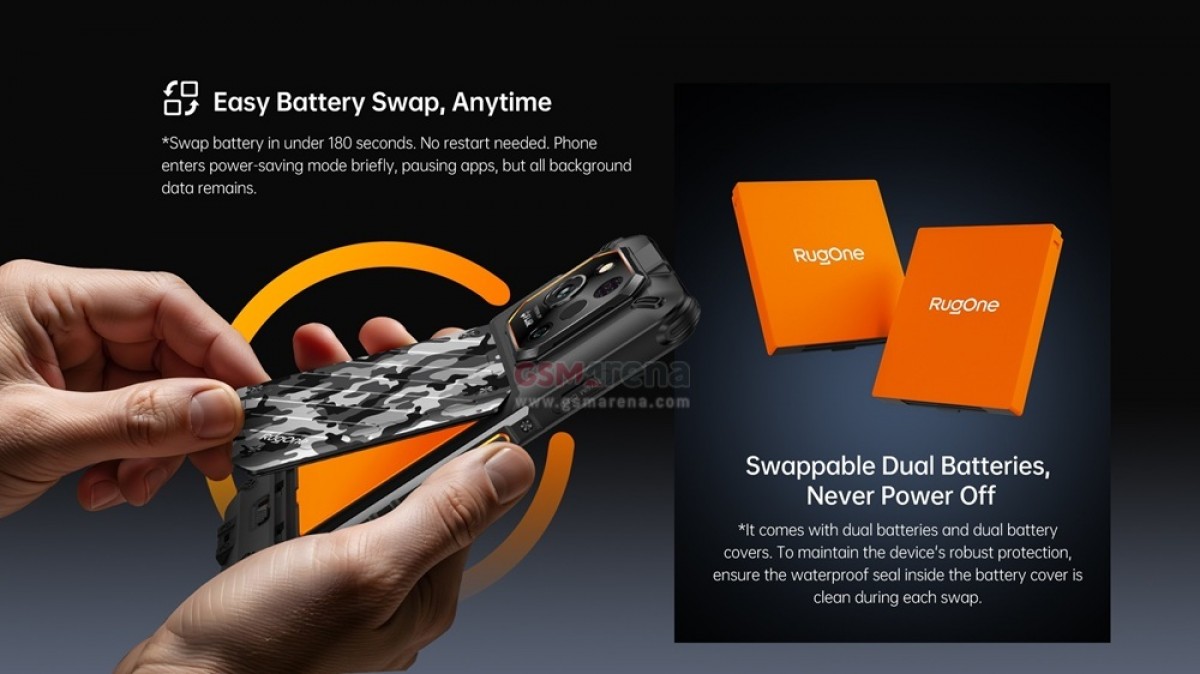
For further assessment of the device, detailed observations on the physical design and user experience will be presented in the subsequent section.



